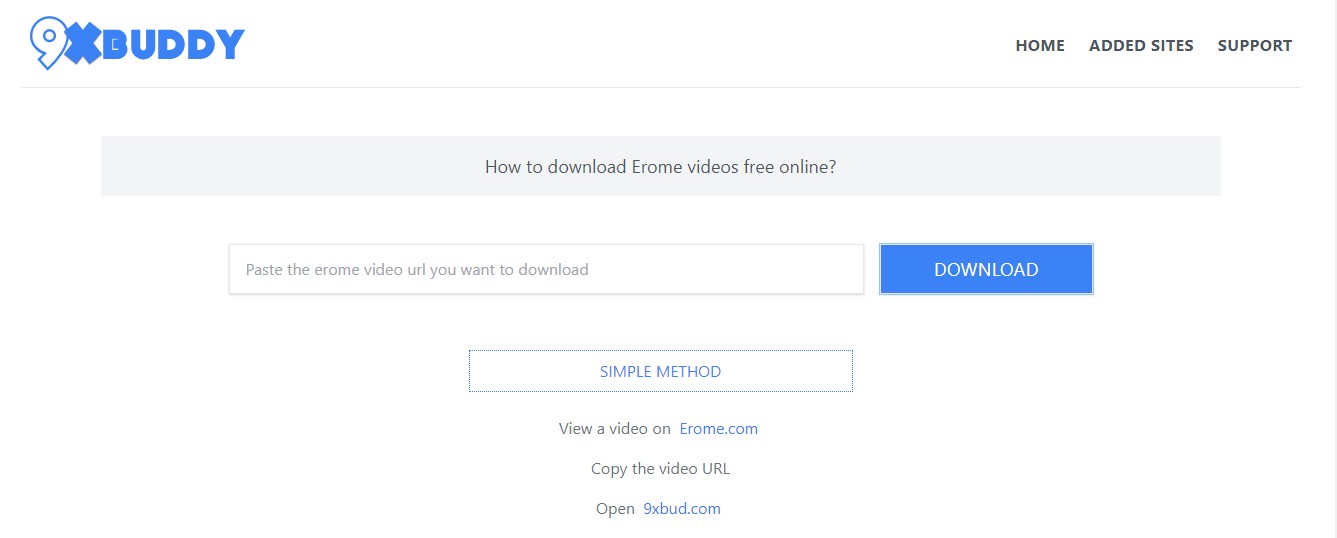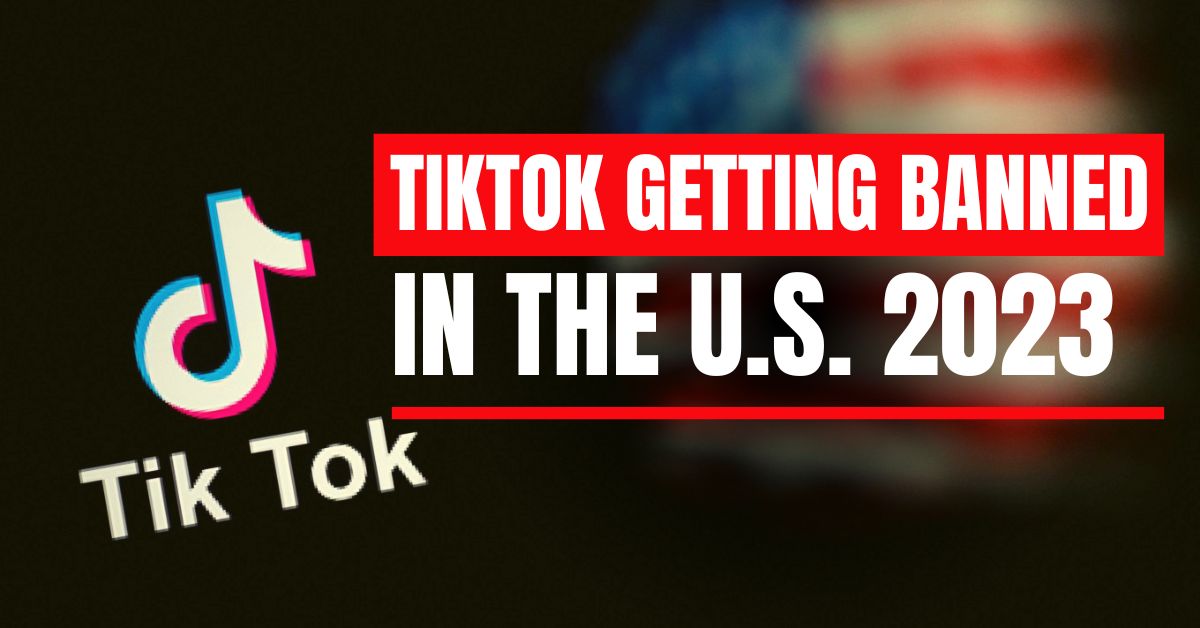Let’s dive right into it, folks. If you’ve been scrolling through social media or hanging out with the cool kids online, chances are you’ve heard the buzzword “BannedSnaps.” It’s not just some random term; it’s a cultural phenomenon that’s taking the internet by storm. So, what exactly are BannedSnaps? Think of them as those photos or videos that are so wild, so edgy, they get flagged, removed, or outright banned from platforms like Instagram, Snapchat, or even TikTok. But don’t let that scare you—they’re actually pretty cool if you ask me.
Now, I know what you’re thinking. Why would anyone want to share something that’s going to get them in trouble? Well, my friend, it’s all about the thrill. The forbidden fruit, if you will. People love pushing boundaries, and when something gets banned, it instantly becomes more intriguing. It’s like a digital version of “don’t touch the red button.” Of course, you’re gonna touch it, right?
And here’s the kicker—BannedSnaps aren’t just about rebellion. They’re about creativity, expression, and sometimes, plain old fun. So, if you’re ready to dive deeper into this wild world, buckle up because we’re about to break it all down for you. From the history of BannedSnaps to how you can create your own (without getting into too much trouble), this guide’s got you covered.
Read also:Kehlani Married A Deep Dive Into Her Relationship Journey
Before we get started, let’s take a moment to understand why BannedSnaps matter. In today’s digital age, content creation is king. Everyone’s trying to stand out, and sometimes, that means taking risks. But with great power comes great responsibility. While BannedSnaps can be a fun way to express yourself, they can also land you in hot water if you’re not careful. So, let’s explore this trend with an open mind and a dash of caution.
What Are BannedSnaps and Why Do They Exist?
Alright, let’s get down to business. BannedSnaps are essentially any form of digital content—photos, videos, memes, you name it—that gets flagged or removed by social media platforms for violating their community guidelines. These guidelines vary from platform to platform, but they generally revolve around issues like nudity, violence, hate speech, and copyright infringement.
But why do they exist? Well, social media platforms have a responsibility to keep their users safe. They can’t just let anything and everything go up on their feeds. So, when something gets flagged, it’s usually because it crosses a line. However, this doesn’t mean all BannedSnaps are bad. Sometimes, the algorithms get it wrong, and perfectly harmless content gets taken down. It’s a balancing act, and one that’s becoming increasingly complex as the internet evolves.
Understanding the Algorithm
Now, let’s talk about the elephant in the room—the algorithm. Social media platforms use complex algorithms to determine what content stays and what gets removed. These algorithms are designed to identify patterns and flag potentially harmful content. But they’re not perfect. They can’t always tell the difference between art and obscenity, humor and hate speech. That’s why we often see perfectly innocent content getting banned.
Here’s a quick breakdown of how these algorithms work:
- They scan content for keywords, images, and patterns that match known violations.
- They analyze user behavior and feedback to refine their decisions.
- They rely on human moderators to review flagged content and make final decisions.
It’s a system that’s constantly evolving, and while it’s far from perfect, it’s necessary to maintain a safe and respectful online environment.
Read also:Cynthia Erivos Journey With Alopecia Areata Understanding The Condition And Her Inspiring Story
History of BannedSnaps: How It All Started
Believe it or not, BannedSnaps have been around longer than you think. The concept of banned content dates back to the early days of the internet when platforms like AOL and CompuServe started implementing moderation policies. But it wasn’t until the rise of social media giants like Facebook and Twitter that BannedSnaps really took off.
One of the earliest and most famous examples of a BannedSnap was the “Napalm Girl” photo. Taken during the Vietnam War, this iconic image showed a young girl running naked from a napalm attack. It was initially flagged by Facebook for containing nudity, sparking a global debate about censorship and freedom of expression. This incident highlighted the challenges of moderating content on a global scale and set the stage for the BannedSnap phenomenon we know today.
Key Moments in BannedSnap History
Let’s take a look at some of the most memorable moments in BannedSnap history:
- The Kardashian Incident: In 2015, Kim Kardashian posted a nude photo of herself on Instagram, which was quickly removed. The photo was later reinstated after a public outcry.
- The Twitter Ban: In 2017, Twitter banned several accounts associated with alt-right groups, sparking a debate about free speech and censorship.
- The TikTok Takedown: In 2020, TikTok removed thousands of videos for violating its community guidelines, leading to accusations of bias and overreach.
These incidents, among others, have shaped the way we think about BannedSnaps and the role of social media platforms in moderating content.
Why Are BannedSnaps So Popular?
Now that we’ve covered the basics, let’s talk about why BannedSnaps are so popular. It’s simple really—people love drama. There’s something inherently exciting about content that’s been deemed “too hot to handle.” It’s like sneaking a peek at something you’re not supposed to see. And let’s be honest, who doesn’t love a good scandal?
But it’s not just about the thrill. BannedSnaps also tap into our innate desire for self-expression. They give creators a platform to push boundaries and challenge the status quo. Whether it’s through art, humor, or activism, BannedSnaps allow people to say things they might not be able to say otherwise.
The Psychology Behind BannedSnaps
From a psychological perspective, BannedSnaps play into our natural curiosity and desire for novelty. When something is forbidden, it becomes more attractive. It’s a classic case of reverse psychology. The more a platform tries to suppress certain content, the more people want to see it. It’s like a digital version of “forbidden fruit.”
Here are some key psychological factors that contribute to the popularity of BannedSnaps:
- Cognitive Dissonance: People are naturally drawn to content that challenges their beliefs and assumptions.
- Social Proof: When something gets banned, it often gains traction through social sharing, creating a snowball effect.
- Scarcity Effect: The idea that something is rare or limited makes it more valuable in our eyes.
These factors, combined with the power of social media, make BannedSnaps a force to be reckoned with.
How to Create Your Own BannedSnaps (Without Getting in Trouble)
Alright, let’s talk about the fun part—creating your own BannedSnaps. But before you start posting wild content, there are a few things you need to keep in mind. First and foremost, always respect the community guidelines of the platforms you’re using. You don’t want to get your account suspended or worse.
That being said, there are plenty of ways to create edgy, engaging content without crossing the line. Here are a few tips:
- Push Boundaries, Not Buttons: Challenge the status quo, but do it in a way that’s respectful and thought-provoking.
- Use Humor Wisely: A well-placed joke can go a long way, but make sure it’s not offensive or hurtful.
- Be Authentic: People can spot fake content a mile away. Be true to yourself and your audience.
Remember, the goal isn’t to get banned—it’s to create content that resonates with your audience. So, keep it real, keep it fun, and most importantly, keep it safe.
Tools and Resources for Creating BannedSnaps
If you’re serious about creating BannedSnaps, there are plenty of tools and resources available to help you. Here are a few of my favorites:
- Canva: A user-friendly graphic design tool that’s perfect for creating eye-catching visuals.
- Adobe Premiere Pro: A professional video editing software that can help you create high-quality videos.
- Unsplash: A free stock photo website that offers a wide range of images to enhance your content.
With the right tools and a bit of creativity, you can create BannedSnaps that stand out from the crowd.
The Legal Implications of BannedSnaps
Before we wrap things up, let’s talk about the legal side of things. While BannedSnaps can be a fun way to express yourself, they can also have serious legal consequences if you’re not careful. Depending on the nature of the content, you could be violating copyright laws, defamation laws, or even criminal laws.
Here are a few legal considerations to keep in mind:
- Copyright Infringement: Using someone else’s content without permission can land you in hot water.
- Defamation: Posting false or harmful information about someone can result in legal action.
- Obscenity Laws: Certain types of content, especially those involving nudity or violence, may be considered obscene and illegal.
It’s always a good idea to consult with a legal professional if you’re unsure about the legality of your content. Better safe than sorry, right?
Staying Safe While Creating BannedSnaps
So, how can you stay safe while creating BannedSnaps? Here are a few tips:
- Know the Rules: Familiarize yourself with the community guidelines of the platforms you’re using.
- Get Permission: If you’re using someone else’s content, make sure you have their permission.
- Be Respectful: Avoid posting content that could be considered offensive or harmful.
By following these guidelines, you can create BannedSnaps that are both fun and safe.
The Future of BannedSnaps
As we look to the future, it’s clear that BannedSnaps are here to stay. With the rise of AI and machine learning, social media platforms are getting better at identifying and removing harmful content. But at the same time, creators are getting more creative in their efforts to push boundaries.
So, what does the future hold for BannedSnaps? Only time will tell. But one thing’s for sure—they’ll continue to play a key role in shaping the digital landscape. Whether it’s through art, humor, or activism, BannedSnaps will always have a place in the world of online content.
Trends to Watch in the BannedSnap World
Here are a few trends to watch in the world of BannedSnaps:
- AI-Generated Content: As AI technology advances, we’re likely to see more BannedSnaps created by machines.
- Virtual Reality: The rise of VR could lead to new and innovative ways of creating BannedSnaps.
- Decentralized Platforms: With the growth of blockchain technology, we may see the emergence of decentralized platforms that offer more freedom for creators.
These trends could shape the future of BannedSnaps in ways we can’t even imagine yet.
Conclusion: The Power of BannedSnaps
And there you have it, folks. BannedSnaps aren’t just a trend—they’re a cultural movement. They represent the intersection of creativity, rebellion, and technology. Whether you love them or hate them, you can’t deny their impact on the digital world.
So, what’s the takeaway? BannedSnaps are a powerful tool for self-expression, but they come with responsibilities. Always respect the rules, be mindful of the legal implications, and most importantly, have fun. After all, life’s too short to take things too seriously.
Now, it’s your turn. Have you ever created a BannedSnap? What’s your take on the trend? Let me know in the comments below. And if you found this guide helpful, don’t forget to share it with your friends. Together, let’s keep the conversation going.
Table of Contents


